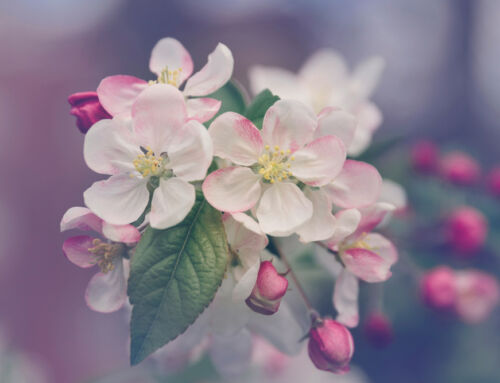If you see the words ‘natural flavours’ on a label, you might be led to think you’re making a healthier food choice. But is there really a difference between natural and artificial food flavourings? Well, the answer is yes and no.
How are artificial flavours made?
Have you ever wondered why some flavoured foods taste nothing like their real-life counterparts? For example, ‘natural’ banana flavoured yogurts or lollies taste nothing like real bananas. This is because there is usually no trace of real banana in the product!
Professionally trained scientists, called ‘flavourists’, work to mimic natural flavours by blending chemicals at the right proportions. Each company has their own patent ‘flavour’, which is why bottled orange juices from different companies tastes different.
How are natural flavours made?
‘Natural flavours’, on the other hand, are derived from natural ingredients. But what does that actually mean? The problem with ‘natural flavours’ is that it is an extremely broad term.
According the American Food and Drug Administration, ‘natural flavours’ are: “the essential oil, essence, extractive, protein hydrolysate, distillate, or any product of roasting, heating or enzymolysis, which contains the flavouring constituents derived from a spice, fruit or fruit juice, vegetable or vegetable juice, edible yeast, herb, bark, bud, root, leaf or similar plant material, meat, seafood, poultry, eggs, dairy products, or fermentation products thereof, whose significant function in food is flavouring rather than nutritional”.
What that enormous sentence means, is that ‘natural flavours’ can be made up of up to 2,000 different chemical substances, which may include plant or animal tissues. For example, castoreum is a secretion made from the anal glands of mature beavers and is used as a ‘natural flavour’ in vanilla flavoured ice cream and raspberry flavoured lollies and syrups.
What’s the difference?
So are natural and artificial flavours really that different? In short, no. The chemical compositions of natural and artificial flavourings are very similar and both are still made in a laboratory.
The main difference is that natural flavours come from a natural source, whether that is from plant, animal or fungal origin.
Natural flavours are more expensive to produce than their synthetic alternatives, however, natural flavourings “are in fact no better in quality, nor are they safer, than their cost-effective artificial counterparts”, according to Gary Reineccius, a professor in the department of food science and nutrition at the University of Minnesota.
So, next time you go to buy something, make sure you look closely at the label and remember that ‘natural flavouring’ could be misleading. Thankfully, there’s an easy way to avoid both natural and synthetic flavours in your diet, and that’s by eating less processed foods and more fresh fruit and vegetables.




